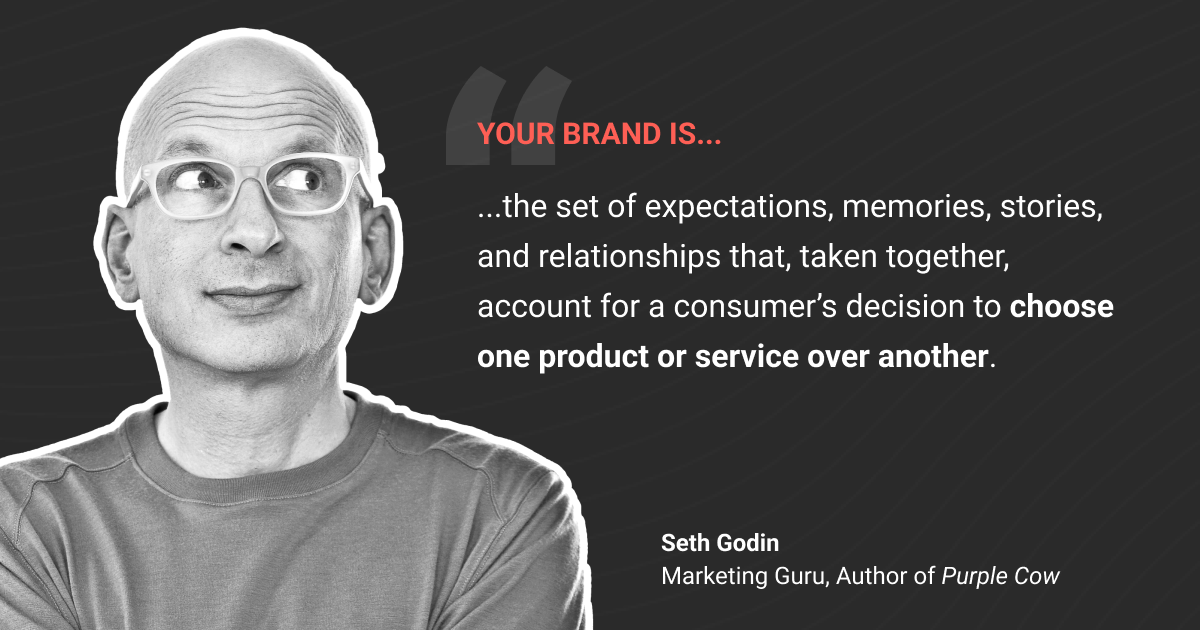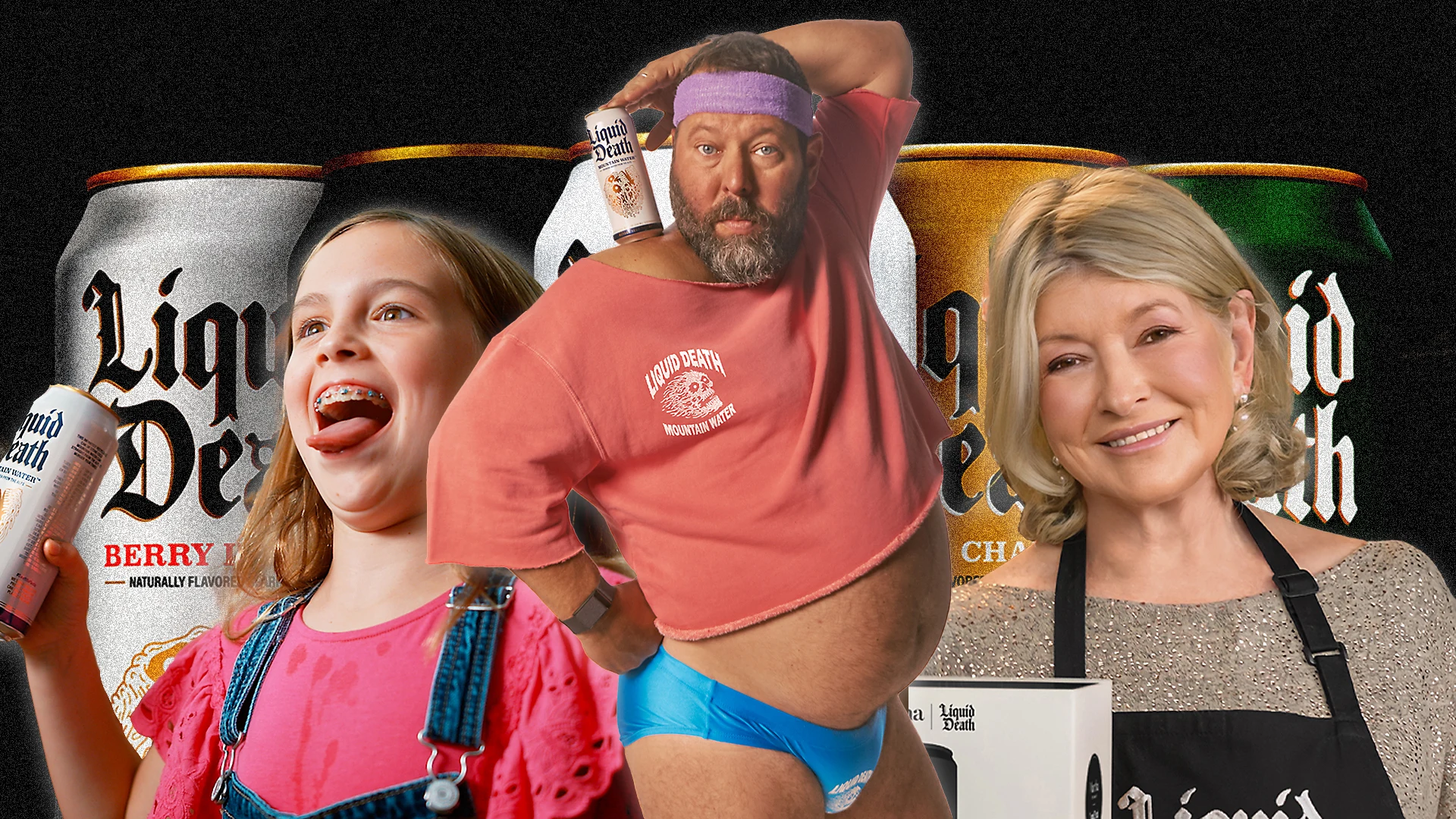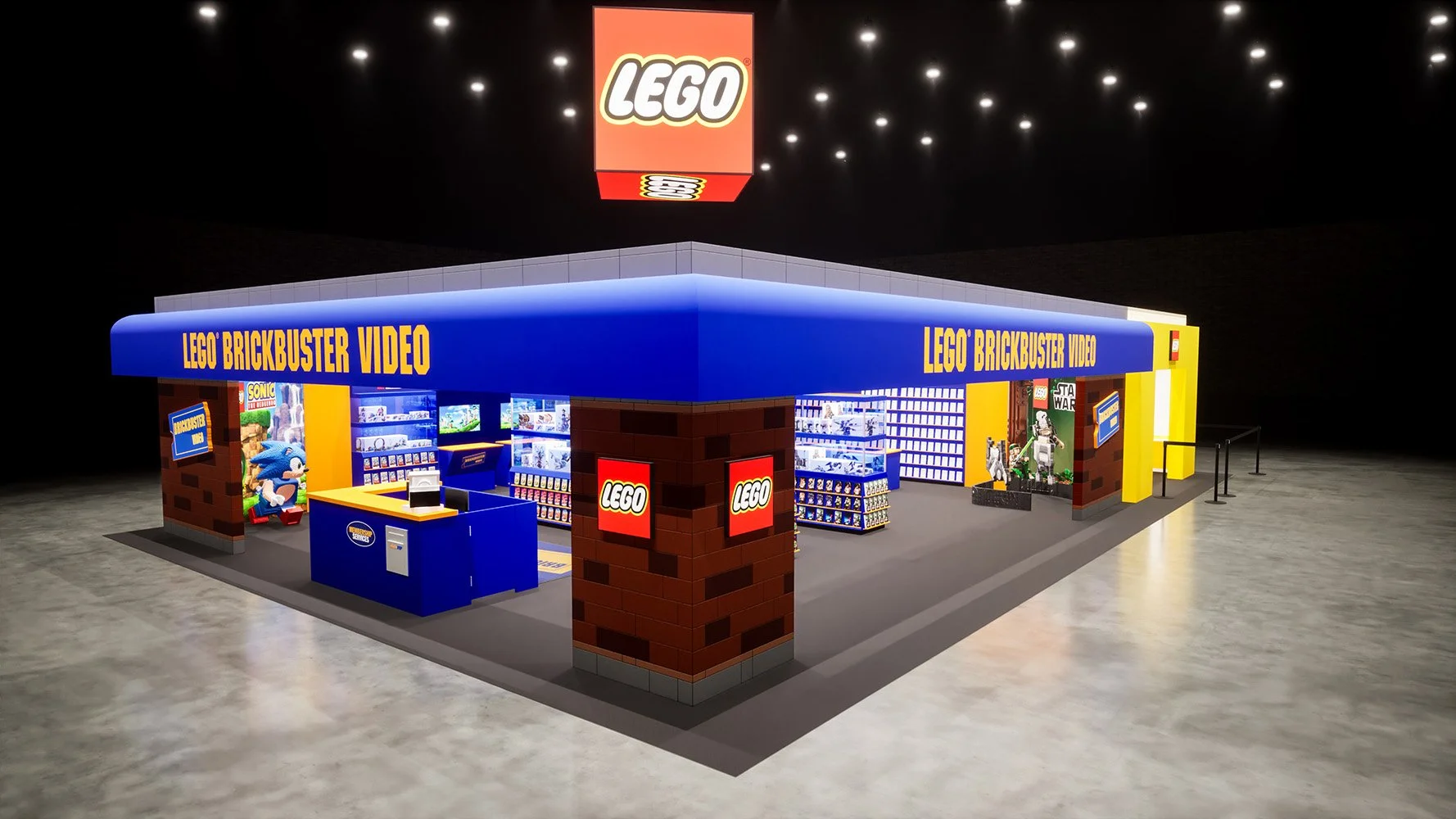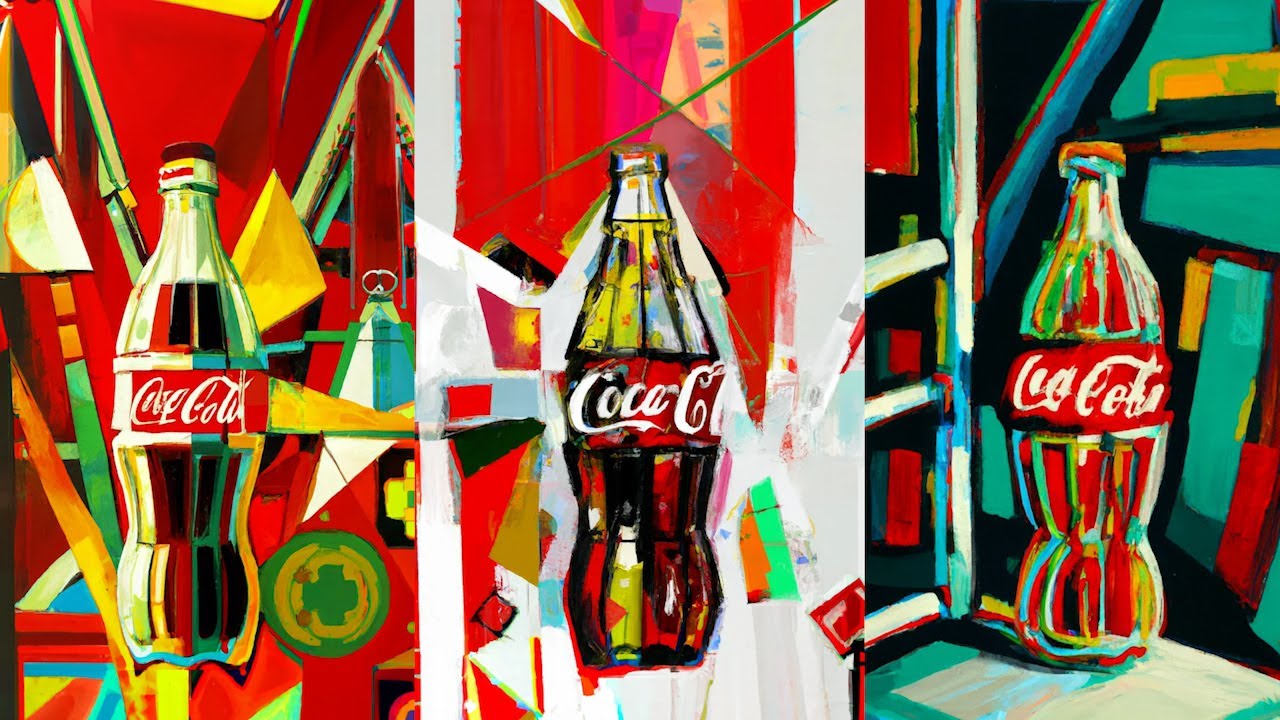
The Era of Synthetic Abundance
Scroll through any feed today and it’s hard not to notice how everything is starting to sound the same. The captions are polished, the headlines are optimized, and the tone is perfectly balanced between confident and conversational. It’s the sound of a world where machines have learned to create like people.
Generative AI has given every brand access to instant creativity. With the right prompt, anyone can spin up a blog post, campaign concept, or product video in seconds. The result is an internet filled with more content than ever before—yet somehow, it all feels less distinct.
The numbers tell the same story. Social media engagement rates across all platforms have fallen to around 1.4 to 2.8 percent according to Hootsuite’s 2025 data. People are scrolling more but connecting less. In the same way that endless choice on streaming platforms makes it harder to pick what to watch, endless content has made it harder to care about any of it.
For brands, that shift is existential. When visibility becomes infinite, attention becomes scarce. When everyone can create, differentiation has to come from somewhere else. The future of branding will belong to those who make people feel something real—who use AI to enhance efficiency but rely on human insight, emotion, and authenticity to stand out.
Today, we are going to explore what that future looks like. My hypothesis is that as digital spaces grow noisier and less trusted, successful brands will rediscover the value of intention, craft, and even physical presence. The next great brand advantage will not come from producing more content, but from creating more meaning. Let’s discuss.
The Content Singularity
Marketers used to compete on scarcity. Producing content took time, tools, and talent, which meant that simply showing up online was a differentiator. Those days are over. AI has collapsed the barrier between idea and execution, and in doing so, it has flooded the digital landscape with more branded material than audiences can possibly absorb.
According to the Content Marketing Institute, 92 percent of B2B marketers now rely on short articles or posts, and 84 percent use blogs as part of their content strategy. The global content marketing market size was $413.3 billion in 2022 and is predicted to grow with a CAGR of 16.9%, by generating a revenue of $1,956.5 billion by 2032. (ResearchDive, Content Marketing Marketing Report). The internet is not running out of things to read, watch, or click—it’s running out of attention to give.
Engagement data backs this up. Despite record output, average interaction rates across most platforms continue to fall. Hootsuite’s 2025 Social Media Benchmark Report shows engagement averaging below three percent, a sharp drop from earlier in the decade. The more content brands publish, the less their audiences respond.
What’s emerging is a paradox of abundance: as production becomes effortless, differentiation becomes harder. Consumers are inundated with posts that look, sound, and feel nearly identical. A sea of “authentic voices” has produced the least authentic environment marketing has ever seen
Seth Godin once defined a brand as “the set of expectations, memories, stories, and relationships that, taken together, account for a consumer’s decision to choose one product or service over another.” When every headline, tone, and layout begins to blend together, those expectations and memories start to blur too. The emotional signals that once built trust are drowned out by algorithmic sameness.
For brands, this is the moment of reckoning. The advantage no longer belongs to whoever publishes the most. It belongs to whoever builds the clearest sense of identity—and the courage to sound different, even if that means publishing less.

Marketing expert Seth Godin reminds us that a brand isn’t defined by what it says—it’s defined by the stories, memories, and relationships that make people choose it over everything else.
The Human Brand Advantage
If the content singularity has taught us anything, it’s that technology can scale creativity, but it can’t replicate conviction. Algorithms can write, design, and even mimic emotion, but they can’t believe in something. And belief—expressed through values, tone, and behavior—is what separates a brand from a feed full of content.
Audiences can tell the difference. In a 2024 Edelman Trust Barometer survey, 71 percent of respondents said they distrust brands that rely heavily on AI-generated communication, citing a lack of authenticity and transparency. Even more telling, 63 percent said they’re more likely to support brands that “show human intent” in their messaging—acknowledging the role of people behind the content. The message is clear: in a world of infinite polish, imperfection feels real.
This doesn’t mean abandoning AI. It means using it as an amplifier, not an author. The brands that succeed will be those that pair machine efficiency with unmistakably human fingerprints. Think of Patagonia’s Worn Wear repair initiative, Duolingo’s irreverent tone that feels unmistakably “alive,” or Liquid Death’s commitment to humor that borders on absurdity. Each communicates something AI can’t: personality rooted in perspective.
As design critic Michael Bierut once said, “Design is not just what it looks like and feels like. Design is how it works.” The same is true of branding. It’s not just about what you publish—it’s about what it communicates about your priorities, your humanity, and your worldview.
This is where the opportunity lies. As AI accelerates production, human creativity becomes more valuable precisely because it’s finite. Empathy, intuition, humor, and restraint can’t be automated. They require time, care, and context. They remind people that there’s a person, not a prompt, behind the message.
The future of branding will belong to those who recognize that audiences aren’t craving more content—they’re craving connection. And connection requires humanity.

Liquid Death continues to prove that humor is a brand strategy, not a gimmick—turning every campaign into a reminder that authenticity can be loud, irreverent, and wildly human.
The Return to the Physical and Personal
After two decades of digital acceleration, something unexpected is happening: people are craving what they can touch. As online spaces become more automated and transactional, the brands that stand out are rediscovering the value of physical presence and human connection.
We’re already seeing the signs. In the United States, direct mail response rates are nearly five times higher than email marketing, according to the Data & Marketing Association. And the power of in-person experiences is even clearer—66 percent of consumers say they are more likely to make a purchase after attending a live event. Even digital-native brands are opening physical stores, printing magazines, and mailing tangible keepsakes—all in pursuit of something algorithms can’t offer: real, sensory engagement.
This isn’t nostalgia. It’s a response to oversaturation. When every digital touchpoint starts to feel interchangeable, the tactile becomes memorable. A beautifully designed mailer, a handwritten thank-you note, or a face-to-face experience creates the kind of emotional imprint that no targeted ad can replicate. The “extra effort” becomes a signal of care and authenticity.
Consider Yeti’s grassroots brand experiences, which center on live events and community storytelling rather than mass digital campaigns. Or Lego’s fan conventions and builder showcases, where creativity and collaboration are lived, not streamed. These brands understand that authenticity isn’t a message—it’s a moment shared between people.
As brand strategist Marty Neumeier famously said, “A brand is not what you say it is. It’s what they say it is.” In a time when digital trust is eroding, physical experiences are how people decide what to say. They provide proof that a brand’s values aren’t just well-written—they’re lived.
For forward-thinking marketers, this return to the tangible doesn’t mean abandoning digital—it means grounding it. Pairing personalized AI recommendations with tactile follow-up, combining digital storytelling with real-world connection, and designing hybrid experiences that remind audiences there’s still a human behind the screen.
As attention becomes harder to earn, the brands that succeed will be the ones that make people pause, not scroll. And in an era of endless digital noise, the quiet authenticity of something you can hold might just be the loudest statement a brand can make.

LEGO’s “Brickbuster Video” activation at San Diego Comic-Con brought nostalgia to life, proving that in-person experiences still create the kind of connection digital campaigns can’t replicate.
Strategy as the New Creative Act
When execution becomes automatic, the act of thinking becomes the most creative thing a brand can do. AI has leveled the playing field for production—anyone can design, write, or edit at professional speed. The next frontier of creativity will be defined not by who can generate the most, but by who can decide why something should exist in the first place.
For years, creative teams have measured value by deliverables: the number of campaigns, posts, or visuals produced each quarter. But as generative tools automate much of that process, the strategic foundation beneath those outputs becomes the differentiator. A brand with a clear purpose, distinctive tone, and disciplined point of view can use AI to amplify its voice. A brand without those things just makes noise faster.
This shift is already visible in how marketing leaders are redefining creativity. In Deloitte’s 2024 CMO Survey, 68 percent of respondents said that “brand strategy and governance” will be their top investment area in the next three years—outpacing content production, media spend, and even martech adoption. The reason is simple: without strategic clarity, all that technology just accelerates confusion.
Good strategy gives creativity its aim. It answers questions that AI never will: What does our brand believe? What emotions should our audience feel? What do we want to be remembered for? As designer Paula Scher once said, “Design is the art of making things clear.” The same could be said of brand strategy—it gives meaning to the act of creation.
This doesn’t make creativity less important; it makes it more intentional. A strong strategy frees creative teams to make sharper, more resonant work because they understand the boundaries that give it purpose. The brands that thrive in an AI-driven landscape won’t be those that produce the most—they’ll be those that produce with reason.
When meaning drives creation, every message, visual, and interaction becomes more than just content. It becomes evidence of intent. And in an environment flooded with output, intent is what people notice most.
Designing for Human + Machine Co-CreationYour Content Goes Here
The future of branding isn’t a choice between humans and machines. It’s a partnership. The brands that succeed won’t be the ones that reject AI, but those that use it thoughtfully—treating it as a creative collaborator that scales insight, not a shortcut that replaces it.
A 2025 McKinsey report found that companies combining human and AI capabilities in their creative processes saw productivity gains of up to 40 percent, but the highest-performing organizations also maintained “human oversight and creative direction” as non-negotiable. In other words, AI improves efficiency, but people preserve identity.
That distinction matters. Left unguided, AI trends toward the median. Its models are trained on what has already been done, which makes it an expert in the familiar and a novice at the original. A strong brand strategy gives AI a compass—it tells the machine what to emulate and, more importantly, what to avoid.
We’re already seeing examples of this balance in practice. Coca-Cola’s “Create Real Magic” campaign invited artists to use generative AI to remix the brand’s iconography, blending technology and fan creativity into something unmistakably Coca-Cola. Nike uses AI to personalize customer journeys while maintaining a consistent visual and verbal language. In both cases, the machine extends the brand’s reach, but the human strategy defines its boundaries.
As author and designer John Maeda once observed, “Design is moving from human-centered to humanity-centered.” That shift applies to branding too. The goal is no longer to make technology invisible, but to make it intentional—to use it in ways that reflect the brand’s ethics, voice, and purpose.
When done well, this co-creation model offers the best of both worlds. AI handles the repetition, the testing, and the scale. Humans provide the taste, context, and empathy. The result is work that feels both intelligent and alive—content that’s efficient to produce but unmistakably authored.
The key is remembering who’s in charge. AI can execute, but only humans can mean. And in a future where automation defines the baseline, meaning will define the brand.

Coca-Cola’s “Create Real Magic” campaign invited artists to reinterpret its iconic bottle using generative AI, blending human creativity and machine collaboration into something unmistakably Coca-Cola.
The Age of Intentionality
We began with a simple observation: everything is starting to sound the same. In a world where content is endless and automation is effortless, the brands that stand out will be the ones that slow down, think clearly, and choose their moments with care.
AI has changed what it means to create. It has given everyone the tools to produce something polished, but it has also made originality harder to find. That doesn’t make branding obsolete—it makes it more vital than ever. Because branding isn’t about output. It’s about emotion, trust, and the choices that signal who you are when no one’s forcing you to post.
The future won’t belong to the loudest voices or the fastest publishers. It will belong to the brands that feel human—those that use technology thoughtfully, that know when to speak and when to stay quiet, that build real-world connections to balance digital noise.
Meaning will be the new scarcity. As AI fills the internet with content, people will look for something that feels real. That reality might come through a physical experience, a thoughtful word, or a brand that simply seems to care.
So the work ahead isn’t about fighting technology. It’s about guiding it. It’s about making sure the efficiency we gain doesn’t come at the cost of authenticity. Because in the end, the brands that win won’t be the ones that create the most content—they’ll be the ones that create the most connection.
Suggested Reading
- Edelman Trust Barometer 2024 – “Navigating Trust in the Age of AI”
Explores how automation and synthetic content are shaping consumer trust, and why human transparency is becoming a brand differentiator.
- McKinsey – “The State of AI in 2025: From Experimentation to Integration”
Details how companies are balancing human creativity and AI efficiency, with examples of brands leading successful co-creation models.
- Content Marketing Institute – “Content Marketing Benchmarks, Budgets, and Trends”
Provides data on content production growth and engagement decline—supporting the idea that volume no longer equals value.
- Harvard Business Review – “How Generative AI Changes Creativity”
Conversations with a video artist and innovation researchers about the new technology.
- Marty Neumeier – The Brand Gap
A foundational book on how brand meaning is created in the mind of the customer, offering timeless guidance that resonates even more in an AI-driven world.
- Deloitte CMO Survey 2024 – “The Shift Toward Brand Governance”
Examines how leading marketers are reinvesting in strategy and brand frameworks as creative production becomes increasingly automated.
Share this post on your social profile:
With over a decade of agency and in-house experience, Ben Huizinga is a creative and brand strategist focused on building brands that endure—crafting identities that make meaningful connections and stand the test of time. As Director of Brand and Creative at Young Marketing Consulting, Ben blends hands-on execution with high-level strategic thinking, helping organizations align their vision with the right voice, visuals, and experiences. He is also an experienced website architect, specializing in the development of beautiful, easy-to-use WordPress, Drupal, and Webflow sites that bring brands to life online. His work has shaped leading brands across the sustainability, technology, and nonprofit sectors—including Geothermal Rising, Echo Communications, and Bonterra, one of the world’s largest social good technology companies.
Want to get our blogs directly to your inbox?
Enter your email to sign up for our point of view on marketing trends, brand strategy, and sustainable business.


